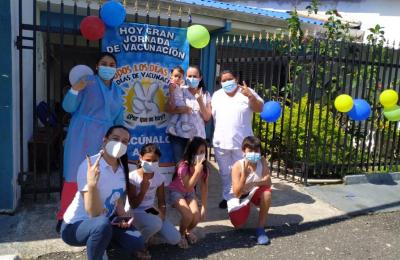Dengue, chikungunya, and Zika virus infections in Latin America and the Caribbean: a systematic review
Objectives
To characterize the distribution profile of dengue, chikungunya, and Zika virus infections in Latin America and the Caribbean and to identify possible factors associated with the risk of dissemination and severity of these arboviruses.












